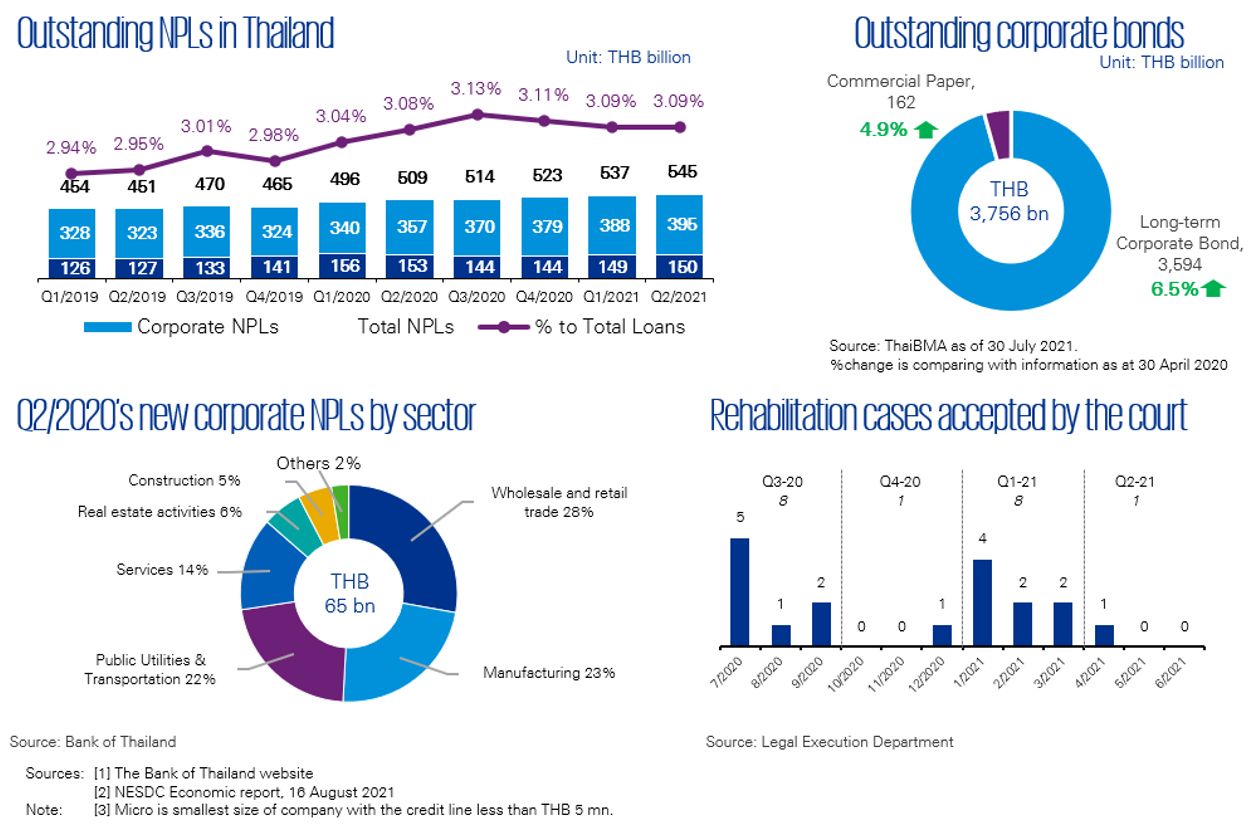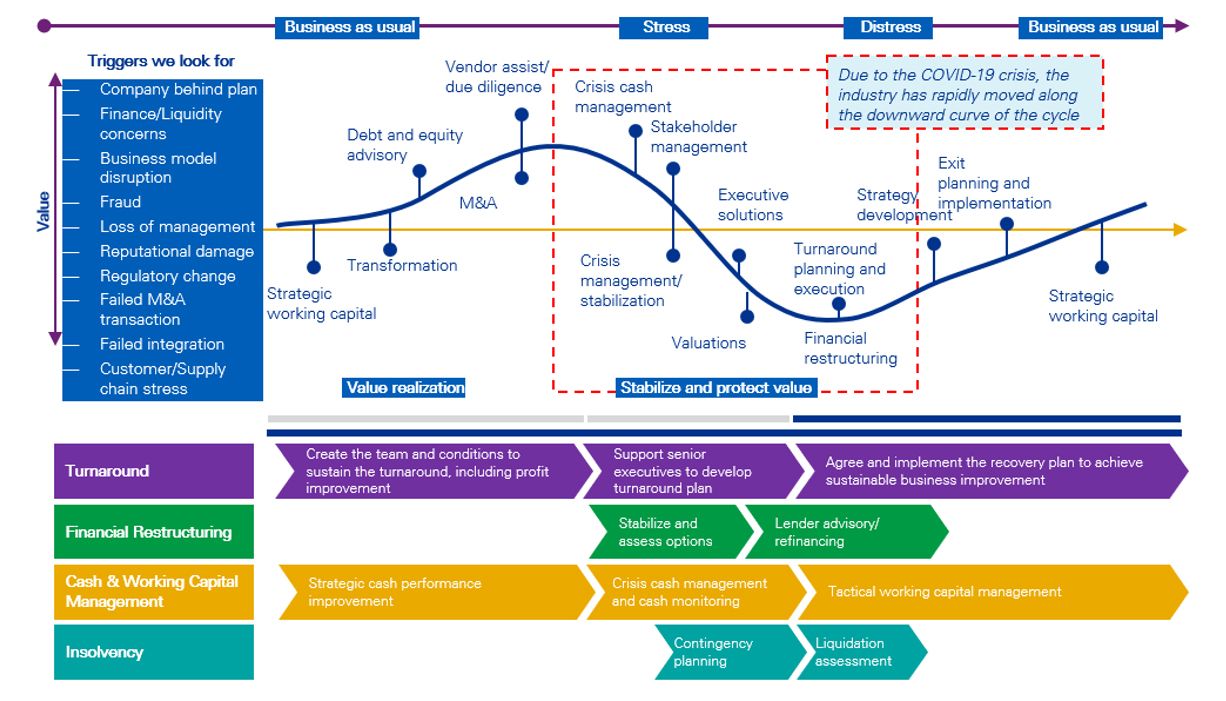The second quarter of 2021 saw the most significant outbreak of COVID-19 in Thailand since the start of the pandemic. The average cases per day increased from hundreds in the beginning of Q2 to over ten thousand in the beginning of Q3 due to the spread of the delta variant and low level of vaccinations. As a result, the Thai government enforced further lockdown measures to curb the spread of cases. Whist considered necessary to protect the health and safety of the country, these measures have impacted many businesses where cash reserves have already been drained from previous waves. Measures such as a ban on dining-in at restaurants, closure of shopping malls and schools, restrictions on industrial worker accommodation camps, and travel restrictions led to reduced economic activity. With the number of new cases falling in recent weeks, and the economic hardship lockdown restrictions are causing, the Thai government has started to relax measures from 1 September to provide some much-needed stimulus to the economy. However, the situation remains uncertain with concerns raised that cases will rise as a result of these relaxations.
As a result of the third wave, the Bank of Thailand (BoT) maintained the policy rate at 0.5%, but lowered GDP forecast from 3.0% in 2021 and 4.7% in 2022 to 1.8% and 3.9% respectively(1). The National Economic and Social Development Council (NESDC) also downgraded their GDP forecast for the third consecutive period from 1.5-2.5% in May to 0.7-1.2% in August 2021(2). Support from government measures, especially for SMEs and tourism-related businesses, continues to be necessary. The BoT continues to encourage financial institutions to provide support through debt restructuring, with other implementation measures, including the soft loan facility for businesses and the asset warehousing program, also continuing.
As of 23 August 2021, the BoT has approved soft loan facilities of THB95.4 billion to 31,162 debtors, an average of THB 3.1 million per debtor. The debtors consist of 44.4% SMEs, 42.2% micro businesses(3), 8% corporates and 5.4% to new debtors. The number of debtors using the asset warehousing scheme has increased to 74 debtors with a total value of THB11.1 billion, equivalent to 11.1% of total available facility of THB100 billion, since the scheme launched on 10 April 2021(1). Whilst these measures are helping many businesses, there remains a significant amount of these packages available.
Outstanding Non-Performing Loans (NPLs) increased from 537 to 545 billion from Q1 to Q2, although the percentage of NPLs to total loans remained stable at 3.09% as total outstanding loans increased in line with NPLs. The BoT also confirmed that the Thai banking system remains resilient and able to continue to support the economy, with high levels of capital, loan loss provisions and liquidity available. As a result of the support provided by the government, BoT and financial institutions, there remains limited rehabilitation cases with only one case filed in Q2. What remains to be seen is what will happen to NPLs, and the number of restructuring cases, when the economy returns to normal and these support measures are withdrawn.

Data criterion
- Value data provided in the ‘Outstanding NPLs in Thailand’ chart represent the value of the total outstanding non-performing loans (NPLs) of financial institutions for both corporate and personal consumer. The percentage to total loans represent the total outstanding NPLs to the outstanding loans.
- The pie chart ‘Q2/2021’s new corporate NPLs by sector’ represents the new and re-entered NPLs which occurred during the period. The number of personal consumer NPLs is excluded.
- The number of rehabilitation cases accepted by the Central Bankruptcy Court only refers to the applications that the Court has accepted for consideration. The court may reject the application for rehabilitation.
KPMG Deal Advisory
Our solutions address a number of different requirements from businesses and their stakeholders across an organization’s lifecycle. The global impact of COVID-19 has unavoidably pushed several businesses into the Stressed and Distressed part of the cycle. Our experienced approach bring valuable insights and guidance to help you to stabilize, protect value, and then ready the business to emerge.

Connect with us
- Find office locations kpmg.findOfficeLocations
- kpmg.emailUs
- Social media @ KPMG kpmg.socialMedia


